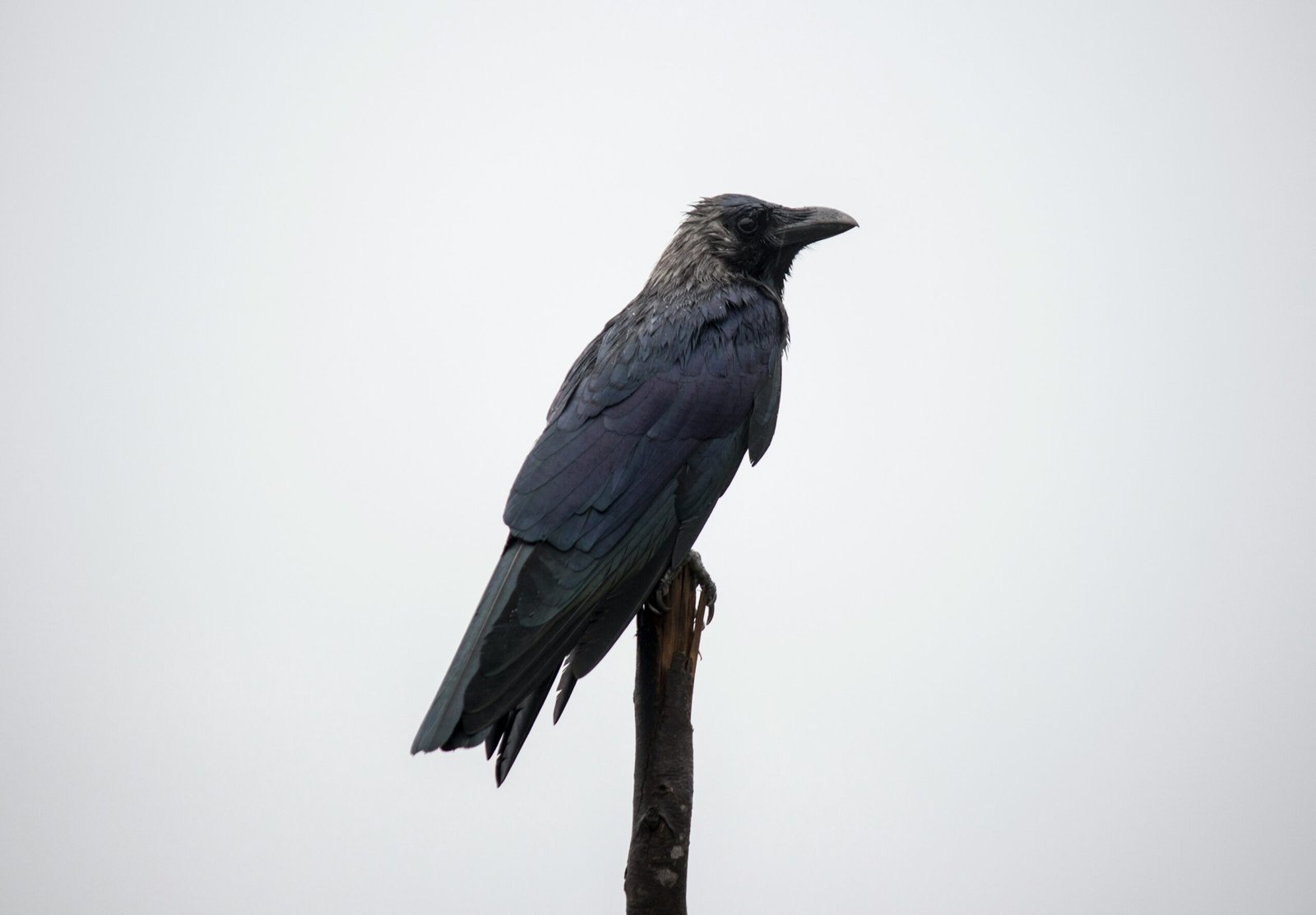By Leelamoni K
July 8, 2024: A plethora of mosquito-borne viral infections are lingering around India to gain a foothold in the country and establish their roots here.
With its diverse landscapes and changing climatic scenario, India is facing a growing challenge — a rise in mosquito menace and the resulting increase in mosquito-borne diseases.
The new emerging threat in this category creating grave concern is West Nile Fever. It is an acute febrile illness caused by the West Nile Virus (WNV) transmitted by the Culex mosquitoes.
Named after the West Nile district in Uganda where the virus was first detected in 1937, it is widely prevalent now in Africa, Europe, the Middle East and West Asia.
For a long time, it was believed that WNV was not very highly virulent and caused only mild infection. However recent reports of increasing incidence of clinically severe infections such as encephalitis in America and several East Asian countries are of great public health concern.
Re-emergence of virus
Although WNV has been reported in India since 1952, its re-emergence with severe neuroinvasive potential in Assam, Kerala, West Bengal and Tamil Nadu is alarming.
In the southern state of Kerala, the recent reports of West Nile Fever have raised great concerns. Ever since the first case was reported in 2011, there has been a yearly increase in cases and about 10 cases and 2 deaths have been reported in 2024 so far.
The virus belongs to the flavivirus genus of the family Flaviviridae. A common reservoir of infection is in birds. The virus sustains in nature through a cycle of transmission between birds and mosquitoes and incidentally man gets infected.
The virus also has a wide range of hosts like horses and other mammals. Changing genetic lineages of the virus and its capability to adapt to various hosts in different geographical situations is a matter of grave concern.
These changes can also lead to the emergence of virulent strains with epidemic potential. The currently circulating virus belongs to Lineage 1 and the emergence of Lineage 2 strains with epidemic potential in Europe is considered a serious threat.
Dead crows
The fever is transmitted through infected mosquito bites. Person-to-person transmission has not been reported. Maybe because in human beings enough virus is not developed in the body to spread the virus.
The virus does not spread through eating infected animals or birds. Birds like crows are more susceptible and dead crows can signal the presence of the virus.
Though rarely, it can be spread from pregnant women to foetus, through human milk, blood transfusion and organ transplant.
Culex species are primarily involved in transmission. The species concerned are culex pipiens and culex quinquefaciates in Africa and Asia. In India, the species reported are culex vishnuii and culex quinquefaciates.
The incubation period varies between six and 14 days. Most of the infected people with WNV do not develop any symptoms. Some develop symptoms like fever, headache, body ache, joint pain, vomiting, diarrhoea and rashes.
Memory, hearing loss
About 1 in 150 of the infected people develop severe illness affecting the central nervous system leading to encephalitis and meningitis. Recovery from severe illness might take several weeks or months.
It can become fatal in about 1 in 1,500 infected people with nervous system involvement. Most people develop lifelong immunity after infection.
Long-term effects include memory loss, hearing loss, difficulty in walking, muscle weakness, abnormal reflexes and depression.
People above 60 years and those with cancer, diabetes, hypertension and kidney disease and recipients of organ donation are at a higher risk for severe illness.
There is no specific antiviral treatment and only symptomatic treatment is given. Severe cases will need hospitalisation. There is no vaccine available against WNF.
To prevent the disease the most important step is mosquito control at both the community level and homes. Personal protective measures against mosquito bites are required along with drainage of stagnant water and mosquito-proofing of buildings.
Severe encephalitis in TN, Kerala
Screening of blood and organ donors is another step. Patients with WNV disease should not donate blood for four months after their illness.
West Nile Virus, a continuously spreading mosquito-transmitted flavivirus has emerged as a public health concern worldwide. Its recent emergence with epidemic potential causing severe encephalitis in Tamil Nadu and Kerala is a clear warning of its threat potential.
Changing the genetic lineage of the virus and its capability to mutate into virulent virus strains with an epidemic potential need to be studied in depth.
Urgent steps are also needed to study the dynamics of the circulating viral strains about its vector, hosts and environment for developing effective preventive and control strategies. Research into the genetic structure of the WNV could also help in future vaccine development strategies.
(The writer was a former Head of the Department of Community Medicine at the Government Medical College in Kozhikode and Thiruvananthapuram and worked at the Amrita Institute of Medical Sciences in Kochi.)








